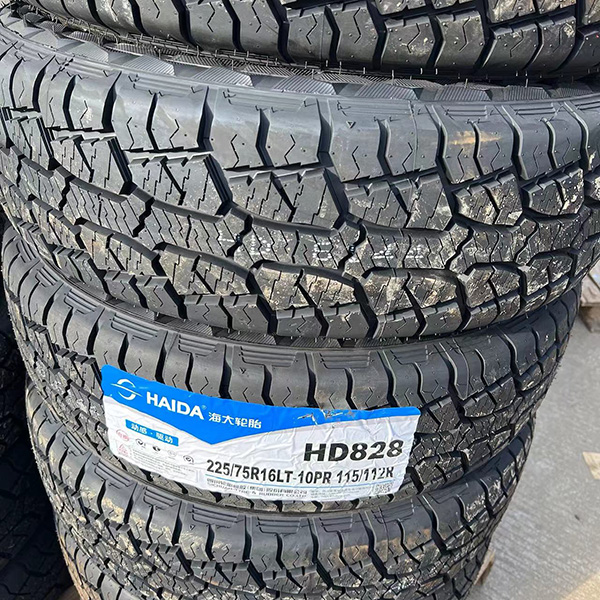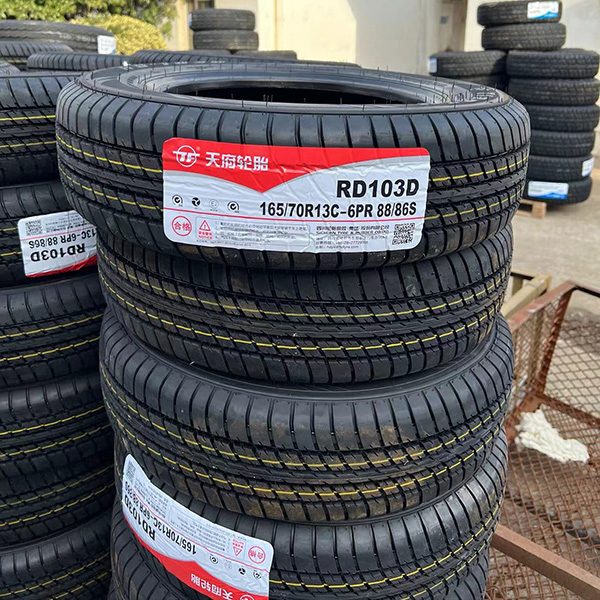
Understanding the Tire Load Index
Theload index of a tire is a numerical code that indicates the maximum weight a tire can safely support when properly inflated. Each tire has a specific load index rating, which is essential for maintaining vehicle stability, handling, and safety. Choosing a tire with an incorrect load index can lead to premature tire wear, reduced fuel efficiency, or even dangerous blowouts.


The load index is usually printed on the tire sidewall, next to the tire size. For example, in a tire marked205/55R16 91V, the number91 represents the load index, corresponding to a maximum load capacity of 615 kg per tire.
Why Selecting the Correct Load Index Matters
Selecting the right load index ensures your vehicle can handle its maximum intended weight, including passengers, cargo, and any additional load. Key benefits include:
1. Enhanced Safety: Tires with the correct load index prevent overloading-related failures and blowouts.
2. Optimal Handling: Proper load distribution improves cornering, braking, and steering stability.
3. Extended Tire Life: Tires operating within their load capacity wear evenly, reducing the risk of premature damage.
4. Fuel Efficiency: Overloaded tires increase rolling resistance, lowering fuel economy.
Ignoring the load index can compromise safety and vehicle performance, even if the tire seems physically compatible with the wheel.
How to Determine the Right Load Index for Your Vehicle
1. Check the Owner’s Manual: Your vehicle manufacturer specifies the recommended tire load index and inflation pressure. Always prioritize these specifications.
2. Consider Vehicle Weight: Factor in the vehicle’s gross weight, including passengers and cargo. Choose a load index that exceeds this weight to ensure safety margins.
3. Understand Load Index Ratings: Tire load indexes increase incrementally. For example, a91 index supports 615 kg, while a95 index supports 690 kg. Selecting a slightly higher index is acceptable, but a lower index is unsafe.
4. Evaluate Driving Conditions: Frequent long trips, heavy loads, or towing may require tires with a higher load index for extra strength.
5. Match All Tires: Always ensure all four tires have the same or higher load index to maintain balance and vehicle stability.
Common Mistakes to Avoid When Choosing Load Index
· Selecting Tires Based on Size Alone: Size compatibility doesn’t guarantee load capacity; always check the index.
· Ignoring Seasonal and Terrain Requirements: Winter tires or off-road tires may need higher load indexes due to challenging conditions.
· Overestimating Load Capacity: Assuming tires can handle more than their rated load can result in dangerous failures.
· Mixing Load Indexes: Using tires with different load indexes on the same vehicle can cause uneven wear and affect handling.


Tips for Maintaining Tires Within Load Capacity
· Regularly Check Tire Pressure: Proper inflation ensures tires carry their rated load effectively.
· Avoid Overloading: Adhere to the vehicle’s Gross Vehicle Weight Rating (GVWR).
· Monitor Tire Condition: Inspect for cracks, bulges, or uneven wear that could indicate stress from excessive load.
· Rotate Tires Periodically: Even wear prolongs tire life and maintains consistent load handling.
Conclusion: Choosing the Right Load Index for Safety and Performance
Selecting the correct load index is crucial for passenger car safety, tire longevity, and overall driving performance. By understanding load index ratings, consulting your vehicle’s manual, and considering load and driving conditions, you can make an informed choice that maximizes both safety and efficiency. Proper tire selection not only protects your vehicle but also enhances comfort, handling, and fuel economy.
Meta Description:
Learn how to choose the correct load index for passenger car tires. Ensure safety, optimal handling, and tire longevity with our step-by-step guide to selecting the right tire load rating.





